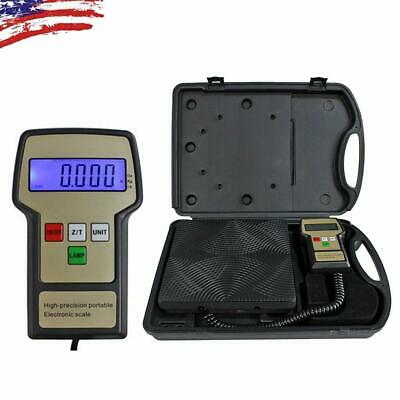-40%
FIELDPIECE SUPERHEAT ACCESSORY HEAD FOR R-22 & R410A - ASH2
$ 36.43
- Description
- Size Guide
Description
FIELDPIECESUPERHEAT ACCESSORY HEAD
FOR
R-22 & R-410a
ASH2 Superheat Accessory Head, which enables DMMs to measure both refrigerant pressure and temperature simultaneously. After measuring suction line temperature and pressure, it then calculates and displays the actual superheat. The ASH2 head works with all of Fieldpiece’s modular instruments. It slides on to the HS30 series stick meter. The ASH2 head can also be used with the data logger to record measurements over time. When used with the Fieldpiece Electronic Handle, EHDL1, it acts as a standalone tool. It also connects to most DMMs using Fieldpiece's AHDL1 adapter handle.
The ASH2 comes with a thermocouple that plugs into the ASH2 and attaches to the suction line. The user connects the pressure of the ASH2 input to the suction line via a hose. The hose is not included.
“Now every technician can easily and quickly measure superheat. No more winging it!” said Rey Harju of Fieldpiece Instruments. “The ASH2 measures both suction line pressure and temperature at once, for either R-22 or R410-A refrigerant. And it works with the instruments you already have."
ABOUT SUPERHEAT
Measuring Superheat is important because it can prevent damage to the air conditioner and make it run more efficiently. Superheat is the difference between the boiling point temperature of the refrigerant in the evaporator coil and the actual temperature of the refrigerant (gas) as it leaves the evaporator. After boiling, the refrigerant continues to warm up. The number of degrees it “warmed up” after boiling is called the superheat. Under worst case conditions (low load), the refrigerant in the evaporator boils off near the end of the evaporator coil. To make sure liquid doesn’t enter the compressor under the worst case condition (low load), the AC manufacturers publish charts indicating what the superheat should be at a given indoor wet bulb measurement and outdoor air temperature. If the superheat is too high, the air conditioner will be inefficient. If superheat is too low, you risk flooding the compressor. You can change the superheat by adding or taking away refrigerant.
Measuring superheat is the best indication on a fixed orifice system of the proper refrigerant charge and operating conditions. If everything else is working properly and the actual superheat is too high, add refrigerant. If it is too low, remove refrigerant. Using superheat to determine proper charge enables an air conditioner to deliver the best reliability and the best efficiency.








